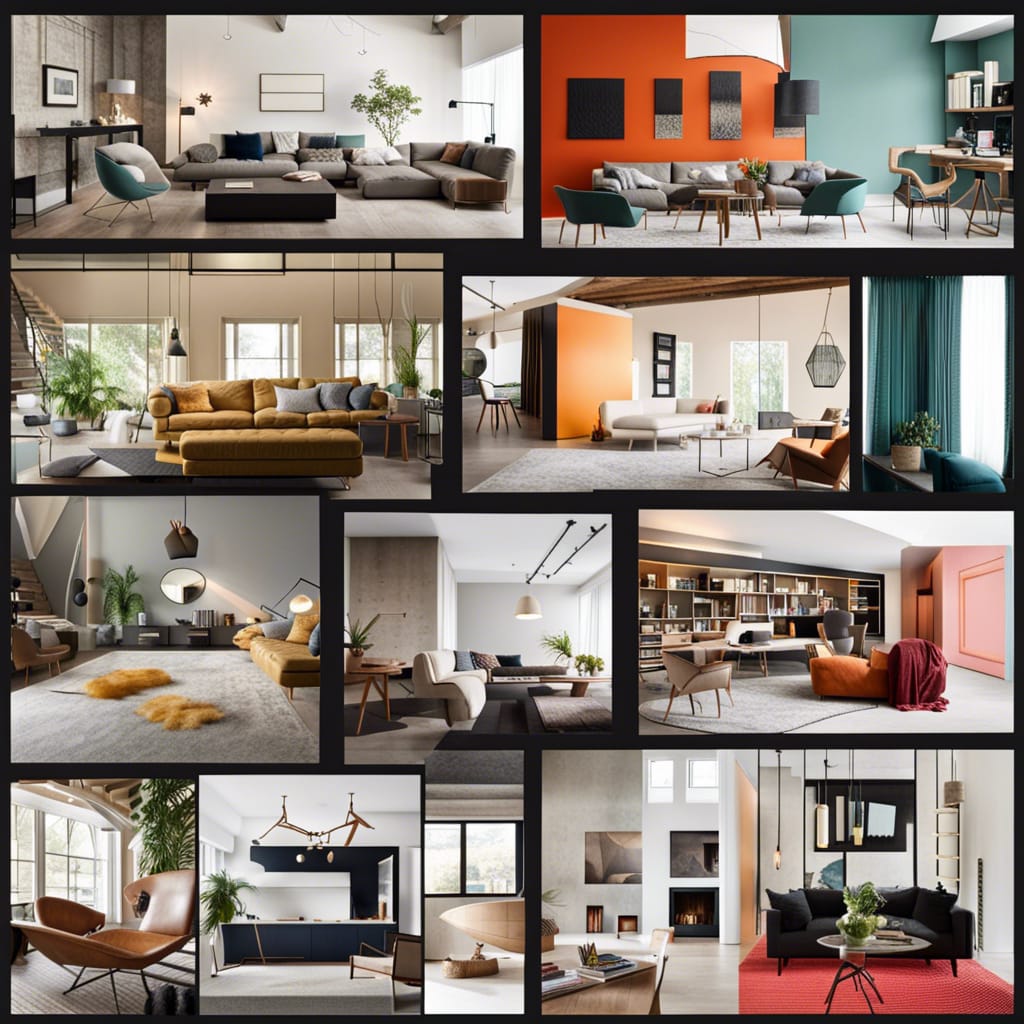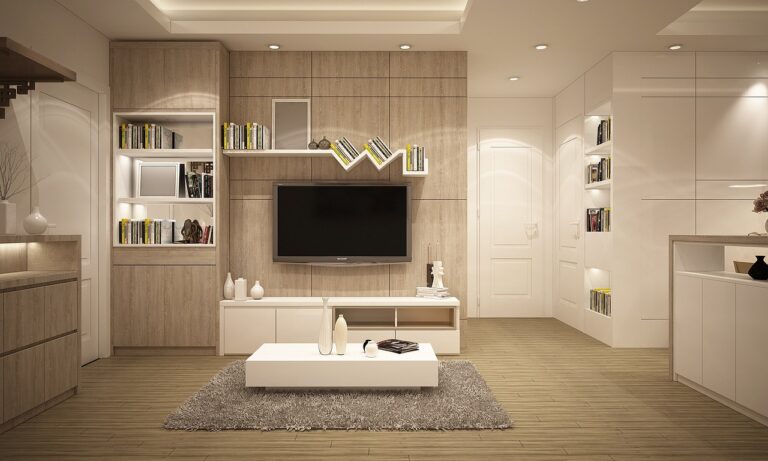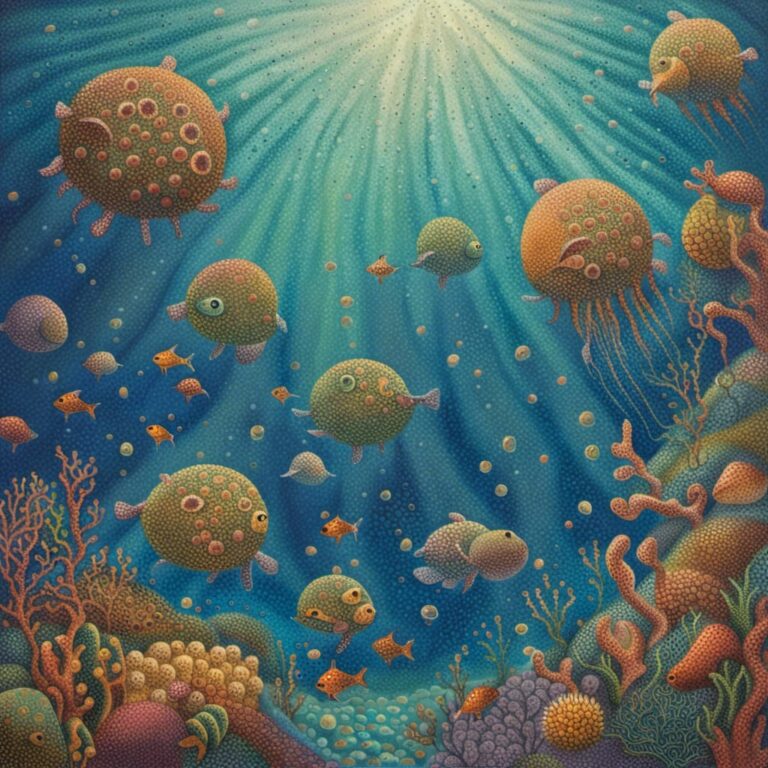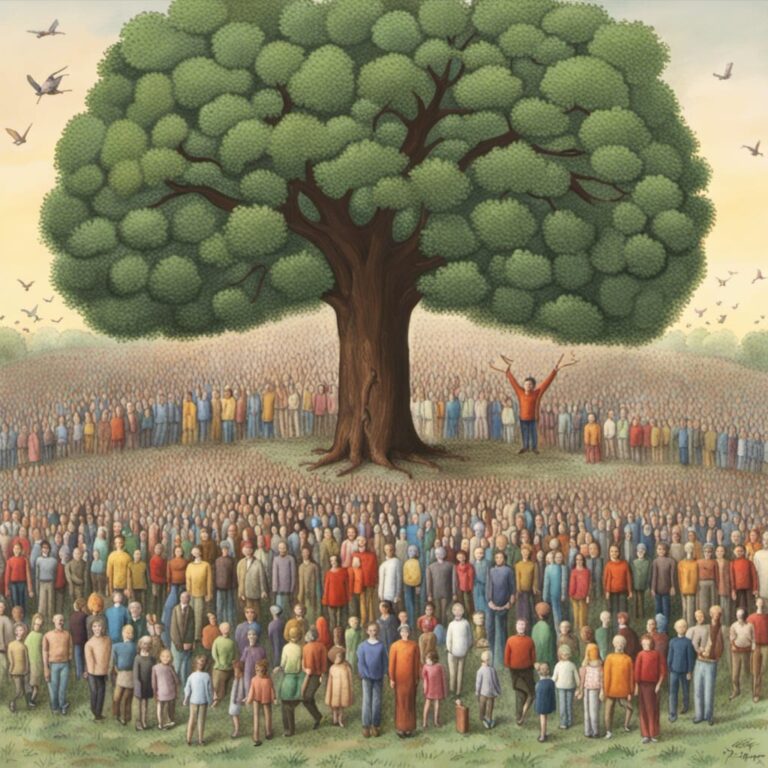
When most people think of aesthetics, they think of beauty. What is pleasing to the eye- a flower arrangement, a beautifully decorated room, or a perfectly sculpted figure? But there is more to aesthetics than just what is visually appealing. In fact, aesthetics covers a wide range of philosophical topics from the nature of art to the perceiver’s experience.
🖼️Introduction
In a world that thrives on visual stimulation, aesthetics play a pivotal role in shaping our perceptions and preferences. From art and design to fashion and architecture, aesthetics influence the way we perceive and interact with the world around us. But what exactly are aesthetics, and how do they manifest in various forms?
Understanding Aesthetics
Aesthetics, in its simplest form, refers to the appreciation and understanding of beauty and art. Rooted in the ancient Greek word “aisthesis,” which means “sensation” or “perception,” aesthetics is an interdisciplinary concept that combines philosophy, art theory, and psychology. It aims to unravel the intricacies of human perception, emotional responses, and the relationship between form and meaning.
Types
Visual aesthetics encompass all forms of art, design, and imagery that captivate our sight. It involves the interplay of colors, lines, shapes, and compositions, evoking emotions and eliciting reactions from the viewer. From classic Renaissance paintings to modern abstract art, visual aesthetics are a mesmerizing journey through human creativity.
Minimalism
In a world filled with clutter and distractions, the appeal of minimalism is strong. This design aesthetic is all about stripping down to the essentials, using clean lines and simple shapes to create a look that is both elegant and functional. In many ways, minimalism can be seen as a reaction to the busyness of modern life.
By embracing simplicity, minimalists aim to create an environment that is calming and focused. At its best, minimalism can help us to clear our minds and focus on what truly matters. In a world full of noise and confusion, minimalism provides a much-needed respite. For this reason, it is likely to continue to be popular in the years to come.
Modern
Modernism is a style of art and design that emphasizes simplicity and functionality. Modernist artists and designers rejected the ornate, detailed styles of the past in favor of clean lines, geometric shapes, and bright colors.
Modernist architects created some of the most iconic buildings of the 20th century, such as the glass-and-steel skyscrapers of New York City and the European Union Parliament Building in Strasbourg, France. And Modernist furniture designers created timeless pieces like the Eames Lounge Chair and the Barcelona Chair. Today, Modernism is still highly influential in the world of art and design.
Postmodern
Postmodernism is a design style that emerged in the late 20th century as a reaction to the simplicity of modernism. Whereas modernism eschewed all superfluous decoration, postmodernism embraces a more eclectic approach, combining elements of both minimalism and modernism.
The result is a style that is often playful and irreverent, with a strong focus on individual expression. Common features of postmodernist design include bright colors, bold patterns, and unusual shapes. While it can be an acquired taste, postmodernism has been embraced by many as a refreshing alternative to the sometimes staid world of contemporary design.
Traditional
The traditional design draws its roots from 18th and 19th-century European styles. This period was marked by a return to classicism and a focus on luxurious materials and intricate details.
Traditional interiors are formal and elegant, with an emphasis on symmetry and balance. Furniture is often heavy and oversized, with opulent fabrics and intricate carvings. Walls are typically covered in richly-patterned wallpaper, and floors are usually dark hardwoods or Oriental carpets. Chandeliers and fireplaces are also common features of traditional rooms.
While the look of a traditional room may be timeless, it can also feel dated or stuffy. As such, it is important to strike the right balance between classic and modern elements when creating a traditional space.
Transitional
In design, the term “transitional” refers to a mix of traditional and modern styles. This approach results in a more timeless look that can be adapted to changing tastes and trends. Transitional furniture is often characterized by clean lines and classic silhouettes, with a few modern flourishes. For example, a sofa might have track arms and exposed legs, but it would also be upholstered in a neutral fabric. Similarly, a transitional dining table might have a simple rectangular shape, but it would be made of sleek, polished wood.
The key to creating a successful transitional space is to strike the right balance between old and new. Too much of either one can result in a dated or jarring look. But when done right, transitional design has a timeless appeal that will never go out of style.
🎨More Types
- Vintage Aesthetics: Nostalgia finds its home in vintage aesthetics, evoking the charm and elegance of bygone eras. An appreciation for retro, vintage aesthetics can be observed in fashion, photography, and home decor, taking us on a delightful trip down memory lane.
- Gothic Aesthetics: Gothic aesthetics delve into the mysterious, dark, and often macabre elements. From awe-inspiring Gothic architecture to hauntingly beautiful literature and art, this aesthetic explores the beauty in darkness, intricacy, and the unknown.
- Nature-inspired Aesthetics: Drawing inspiration from the natural world, nature-inspired aesthetics celebrate the beauty of flora, fauna, and landscapes. From eco-friendly designs to organic patterns in art, this aesthetic highlights our connection to the environment.
- Cyberpunk Aesthetics: Set in futuristic, dystopian landscapes, cyberpunk aesthetics blend technology, neon lights, and urban decay. Often associated with science fiction, this aesthetic reflects our complex relationship with advancing technology and its potential consequences.
- Whimsical Aesthetics: Whimsy delights in the playful, imaginative, and fantastical. Commonly found in children’s literature, animations, and illustrations, whimsical aesthetics transport us to worlds where anything is possible.
- Industrial Aesthetics: Industrial aesthetics find beauty in the raw and rugged. With a focus on exposed materials, mechanical elements, and utilitarian design, this aesthetic has been embraced in urban design and interior spaces.
Conclusion
As we conclude our exploration of aesthetics, we are reminded that beauty is a diverse and multifaceted concept. From the mesmerizing allure of visual aesthetics to the nostalgic charm of vintage, each aesthetic type holds a unique place in human expression and experience.
Next time you encounter a breathtaking piece of art, a stunning architectural marvel, or even a beautifully designed website, take a moment to reflect on the aesthetics that weave together the fabric of these creations. Understanding aesthetics enhances our perception of the world, allowing us to appreciate the artistry and beauty that surrounds us in every facet of life.





